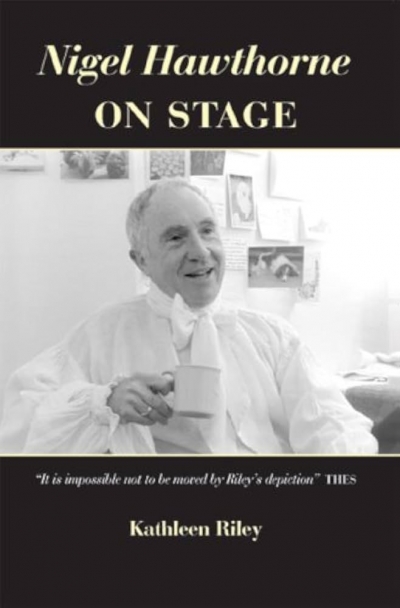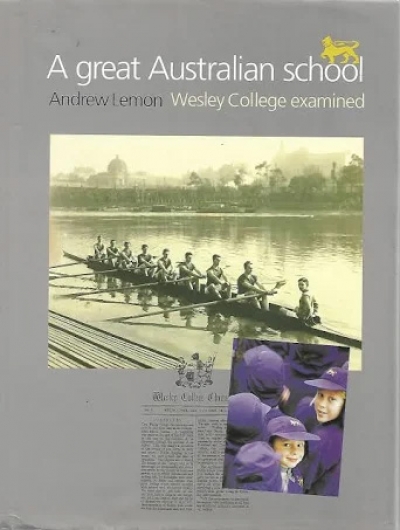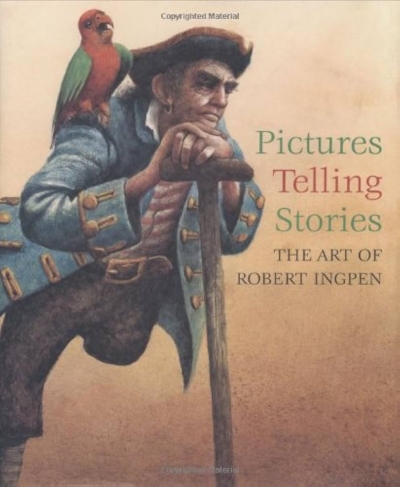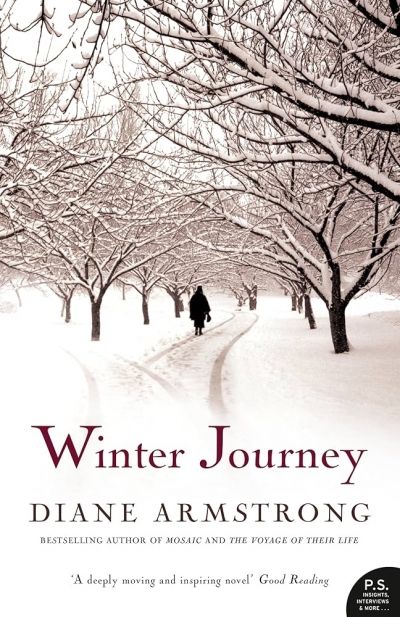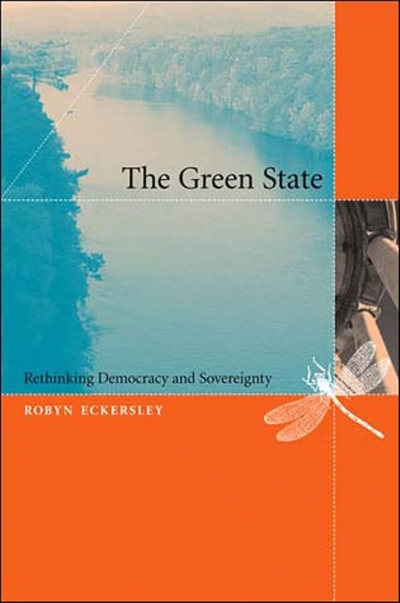Archive
Histories of sexuality: Antiquity to sexual revolution by Stephen Garton
by Lisa Featherstone •
A Great Australian School: Wesley College examined by Andrew Lemon
by Martin Crotty •
Pictures Telling Stories by Robert Ingpen and Sarah Mayor Cox & Illustrating Children's Books by Martin Salisbury
by Margaret Robson Kett •
How do dance and music fit together in a choreographic work? Even the briefest look at Australian collaborations across the arts suggests that endeavours vary widely. The National Library of Australia’s collections, which are particularly strong in the areas of music and dance, provide some interesting examples of the synergies that exist between these two art forms and that make cross-art form collaboration a richly rewarding area of study.
... (read more)Encyclopedia Of Exploration 1800 To 1850 by Raymond John Howgego
by Ian Morrison •
The Green State: Rethinking Democracy and Sovereignty by Robyn Eckersley
by Emily Potter •

